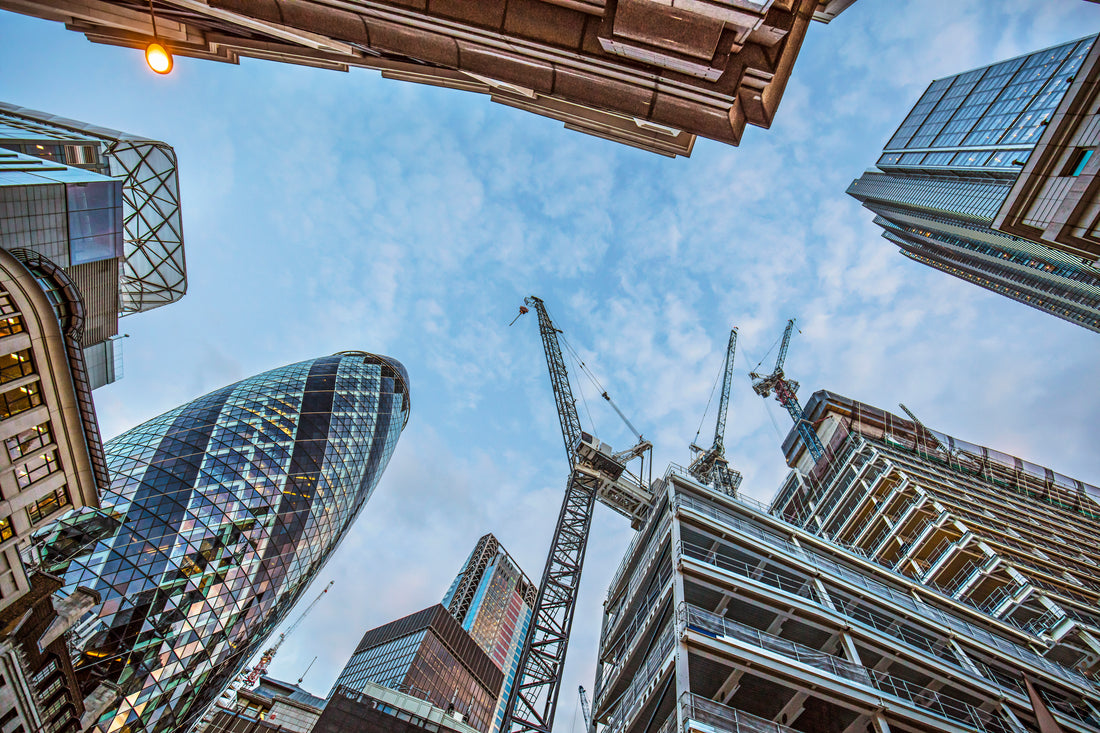Fire safety is of paramount importance in any built environment, be it residential, commercial, or industrial. One key aspect of fire safety is the classification of building materials and products based on their reaction to fire. The BS EN 13501-1 standard provides a comprehensive framework for assessing and categorising the fire performance of construction products. Let's dive into this classification system and explore the different reaction to fire classes, ranging from A1 to F.
The BS EN 13501-1 standard evaluates the fire performance of construction products through a series of tests that assess their reaction to fire, smoke production, and flaming droplets. This comprehensive evaluation allows materials to be classified into various fire reaction classes, helping architects, engineers, and builders make informed decisions about materials to use in different parts of a building.
Building materials are classified as non-combustible and combustible. Non-combustible building materials are those which, under the prescribed test conditions, cannot burn or contribute to the development of a fire. Combustible building materials are those which ignite under the prescribed test conditions. In consideration of their contribution to the development of a fire, the reaction to fire class is denoted by a combination of letters and numbers, with A1 representing the highest level of performance being non-combustible and F representing the lowest being combustible. Here is a brief overview of these classes:

Selecting the appropriate reaction to fire class for building materials is crucial to ensuring the safety of occupants and minimising the potential for property damage in the event of a fire. Section B4 of the Building Regulations requires the external walls of a building to “adequately resist the spread of fire”. The Approved Document B (ADB) provides guidance regarding fire safety measures required in buildings and the influence of those on the choice of materials used when constructing a building.
Architects and contractors must carefully consider the intended use of materials in different areas of a building, considering factors such as occupancy sector, fire escape routes, and structural integrity. Using products that are non-combustible is undoubtedly the lowest risk option.
In conclusion, the BS EN 13501-1 fire classification system provides a clear and standardised way to assess the fire performance of building materials. From the highest fire performance class A1 to the lowest class F, each category offers valuable insights into the suitability of materials for various applications. Prioritising fire safety through the selection of appropriate materials is an essential aspect of responsible and secure building design. Klasse takes fire safety seriously, we firmly believe that buildings should be designed and constructed with materials that are low risk and non-combustible. All our external sheathing boards achieve Class A1, the fully non-combustible classification.





